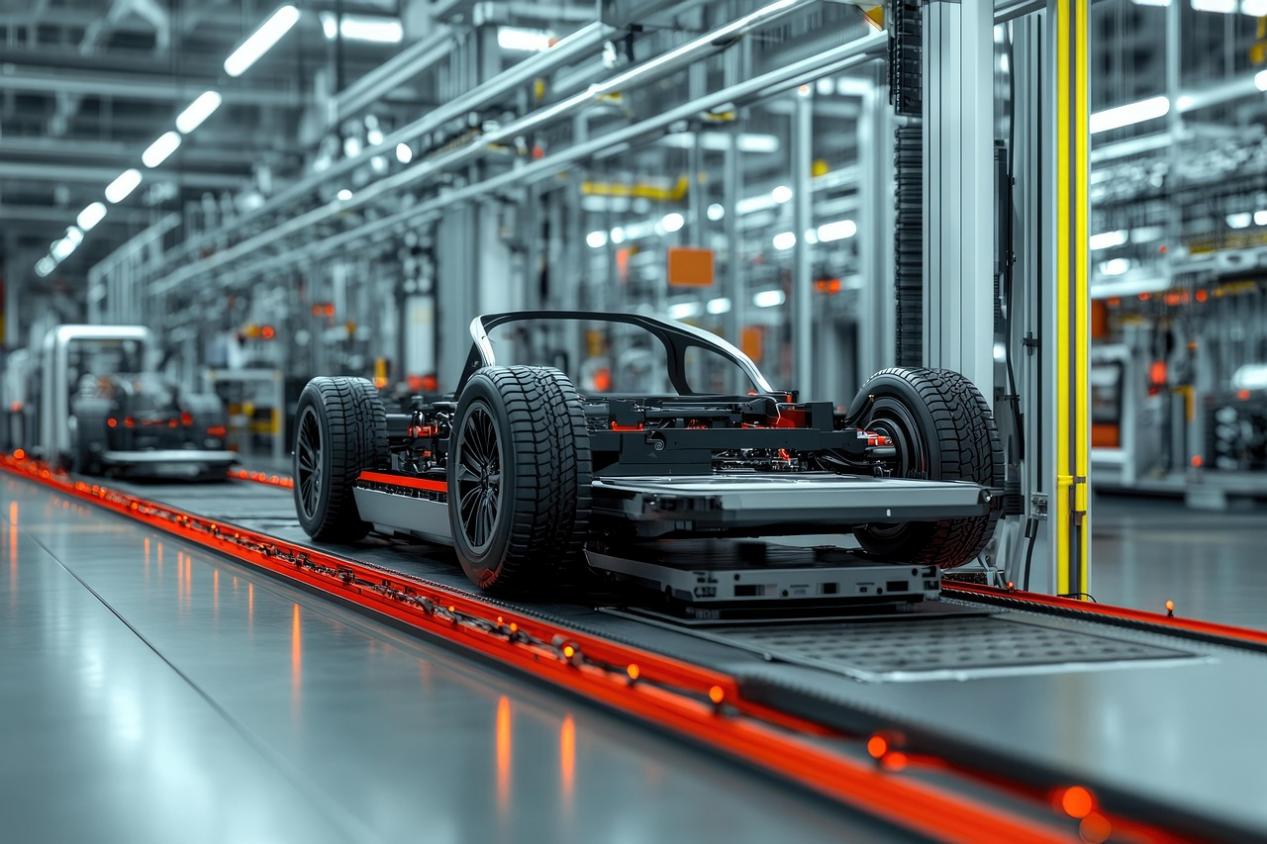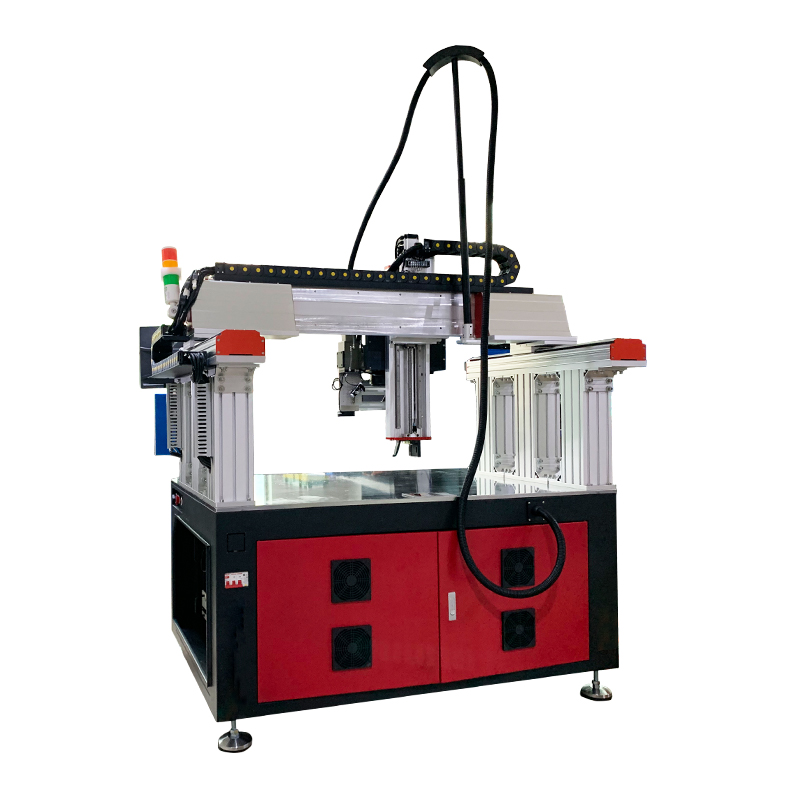Driven by electric vehicles, energy storage systems and portable electronic devices, the rapid development of battery technology requires high manufacturing accuracy. Traditional ultrasonic welding used to be a reliable battery assembly method, but now it is facing the challenge of meeting strict quality standards. Problems such as inconsistent weld geometry, thermal stress of sensitive materials and limitations of large-scale production have prompted manufacturers to seek more advanced alternatives. Among them, laser welding stands out as a solution with high precision, high efficiency and wide application range. Crucially, if strategic planning is carried out, this transformation can be achieved with minimal interference (zero downtime).

(Credit: pixabay lmages)
Limitations of Ultrasonic Welding in Modern Battery Production
Ultrasonic welding relies on high-frequency vibration to generate heat through friction and bond materials under pressure. Although it is effective for simple battery welding applications, its limitations appear in high-precision battery manufacturing. For example, mechanical vibration usually leads to weld width deviation exceeding 0.3 mm, resulting in inconsistent joint integrity. This process will also produce a large heat affected zone (HAZ), which will increase the risk of micro-cracks in thin electrode foil or battery case. This weakens the quality control of the finished battery products for the key components of the battery.
Laser Welding: Precision Engineering for Battery Applications
In contrast, laser welding has a relatively stable control ability on weld geometry and energy input. By adjusting the beam diameter (0.1-2 mm) and pulse duration (microsecond accuracy), manufacturers can achieve a weld width tolerance as low as 0.05 mm. This precision can ensure the consistency of weld size in mass production, which is a key advantage for battery modules that need sealing or complex tab connection.
The real-time monitoring system of welding equipment further improves the reliability of laser welding technology. Advanced laser devices integrate thermal imaging or molten pool tracking technology, which can dynamically adjust power output and prevent defects such as porosity or undercut. For example, a German automobile battery supplier reported that after laser welding, the heat-affected zone (HAZ) was reduced by 40% and the cycle life of the battery was prolonged by 15%, which highlighted the significant impact of laser welding on product life.
Marketing trend: Why is laser welding gaining momentum?
Industry data reflects the decisive shift to laser technology. According to the forecast of Statista, by 2025, the global laser welding market is expected to grow at a compound annual growth rate of 12%, in which battery applications will account for 38% of the demand, higher than 22% in 2020. This growth is due to stricter regulations (such as EU battery regulations) and the pursuit of higher energy density by automobile manufacturers.
For example, Tesla’s super factory in Texas used laser welding technology to weld 4680 battery cells, which increased the production capacity by 20% and reduced the defect rate to below 0.5%. Similarly, the Polish factory of LG Energy Solution also adopted a laser system to meet the mechanical strength requirements of the European Union, which reduced the rework cost by 30%. These cases prove that laser welding plays an important role in coordinating efficiency and compliance.
Implement zero downtime transition
Zero downtime transition is achieved through phased implementation. Firstly, review the compatibility of existing production lines and evaluate tooling and control systems. Secondly, preview results via digital twin simulation. Thirdly, deploy modular laser units alongside ultrasonic workstations to enable gradual integration. Automatic PLC systems can enable millisecond mode switching, and dual power redundancy and emergency rollback protocol can ensure uninterrupted operation. Combine technical staff’s practical training with remote diagnostic services to ensure smooth operation. This method can minimize the loss of productivity and ensure the zero-downtime transition of the production line.
Styler Electronic: Your Trusted Battery Welding Partner
Styler Electronic (Shenzhen) Co., Ltd. specializes in battery welding solutions and excels in designing laser welding solutions to meet the evolving needs of battery manufacturers. Our systems integrate precision optics, adaptive control algorithms, and industry-standard safety features to deliver flawless welds for cylindrical cells, prismatic modules, and pouch batteries. Whether you seek to enhance quality, scale production, or achieve sustainability goals, our team provides end-to-end support from feasibility studies to after-sales service. Contact Styler Electronic for more details about our battery laser welding solutions.
(the “Site”) is for general informational purposes only. All information on the Site is provided in good faith, however, we make no representation or warranty of any kind, express or implied, regarding the accuracy, adequacy, validity, reliability, availability or completeness of any information on the Site. UNDER NO CIRCUMSTANCE SHALL WE HAVE ANY LIABILITY TO YOU FOR ANY LOSS OR DAMAGE OF ANY KIND INCURRED AS A RESULT OF THE USE OF THE SITE OR RELIANCE ON ANY INFORMATION PROVIDED ON THE SITE. YOUR USE OF THE SITE AND YOUR RELIANCE ON ANY INFORMATION ON THE SITE IS SOLELY AT YOUR OWN RISK.
Post time: Sep-23-2025









